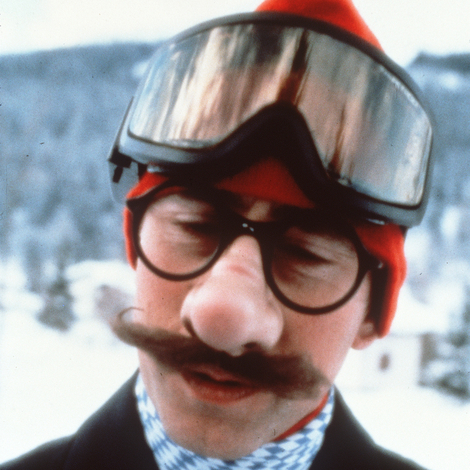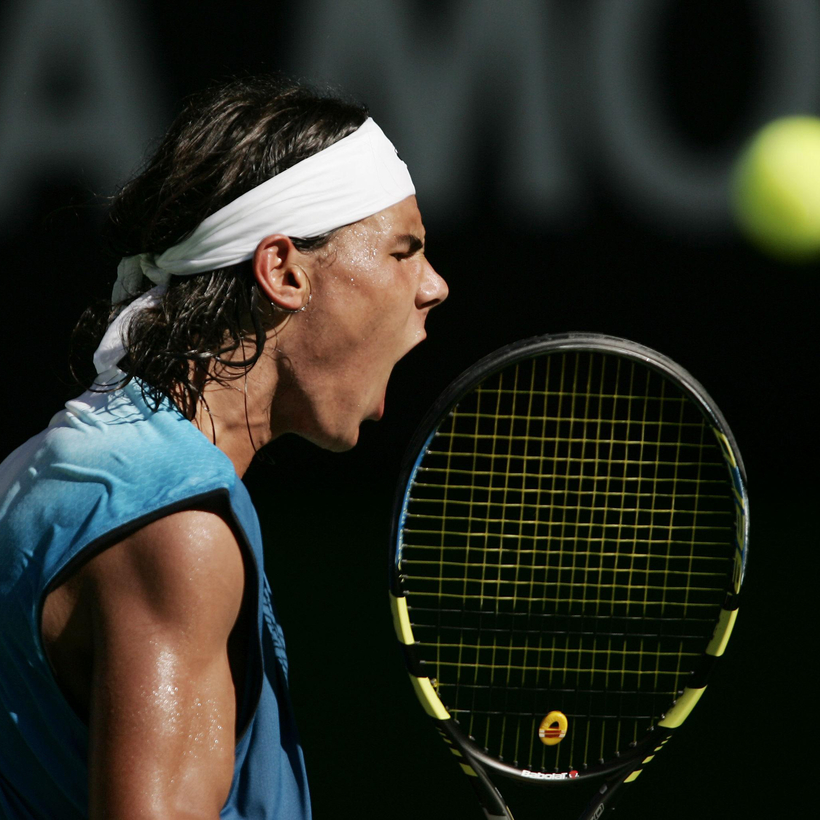I did not choose the title to my new book, The Warrior, lightly. Rafael Nadal was a tennis warrior, to be sure: a competitive beast dripping with sweat and relentless in-the-moment ambition who could give the opposition a faraway gaze in a hurry. “It felt like the Sahara, and you just see the hills and there’s no ending,” said American Kevin Kim after losing to Nadal in straight sets at the 2006 French Open.
But then, just about everybody lost to Nadal in straight sets at the French Open, where he won a mind-boggling 14 singles titles on the clay, far more than any player had won at any tennis major or had even thought about winning at any tennis major. “To win a Grand Slam title, this is something you dream of,” Feliciano Lopez, his friend and fellow Spanish star, told me. “To win the same Grand Slam 14 times is not even something you dream of. It’s insane.”

By the end, even Nadal was shaking his head in disbelief at what he had managed to construct point by point and red brick by red brick at Roland-Garros. He never got ahead of himself—never, at least publicly, took victory for granted—treating each match as he had the last, with caution that could seem feigned if you did not know his quirks.
Nadal was as much a worrier as he was a warrior, calming his anxiety and taming his hyperactive mind with elaborate pre-match and pre-point rituals that included picking at the seat of his shorts and lining up his water bottles just so on the ground in front of his chair. His great attention to detail did not extend to his racket—he used the same string tension at every tour stop—but it certainly applied to his workplace.
In 2019, he arrived at Roland-Garros, began training for the tournament, and soon summoned Philippe Vaillant, the Frenchman who oversees the maintenance of the clay courts. They met on the Suzanne Lenglen Court, the second-biggest show court at the French Open, and Nadal informed Vaillant that there was a problem.
“Rafa said … though the south side of the court was fine, there was something wrong on the north side,” Vaillant told me. “He said it was not the same as usual, and that there was a bad bounce in one of the service boxes.”
No other player had mentioned this, but Vaillant asked the groundskeepers to investigate and, sure enough, too much clay had been used on the north side and needed to be removed. “He had sensed this subtle thing,” Vaillant said. ” It always fascinates me, the feelings these guys have, these guys like Rafa who are true clay courters.”
But it did not have to be clay. A few months later, at the U.S. Open, which is played on hard courts made of cushioned acrylic, Nadal was again preparing for the tournament when, after a practice session in Arthur Ashe Stadium, he paid a visit to the office of David Brewer, who was then the tournament director.
“Can you come with me, David?,” Nadal asked. That was a rhetorical question for a tournament director if Nadal was involved.
Off they marched to the Ashe Stadium court, where Nadal showed Brewer a zone in which he had experienced a bad bounce. No other players who had been on the court previously had complained of such a thing. “I know there’s nothing you can do about it until next year, but I thought you’d want to know,” Nadal said.

But that was underestimating U.S. Open officials such as Brewer and Gordon Smith, then the chief executive of the United States Tennis Association. After Nadal’s departure, Brewer and Smith headed back to the stadium floor with a two-by-four, set it on the ground, and realized that it rocked back and forth instead of lying flat. There was indeed a slight ridge about four feet wide and parallel to the baseline.
Smith went berserk. “This is the most important hard court in the world, and we can’t make it flat,” he told me. “If Rafa Nadal gets a bad bounce on match point and he told us about it and we didn’t do anything about it, we are screwed!”
With the tournament just days away, extraordinary measures were required. “We ended up taking the court out of service, sanding it down, and completely re-surfacing it a week before the Open started,” Smith said.
Nadal went on to win the tournament.
Christopher Clarey was the longtime tennis-and-global-sports correspondent for The New York Times. He has covered more than 100 Grand Slam tournaments and 15 Olympics and is the author of The Master, on Roger Federer


